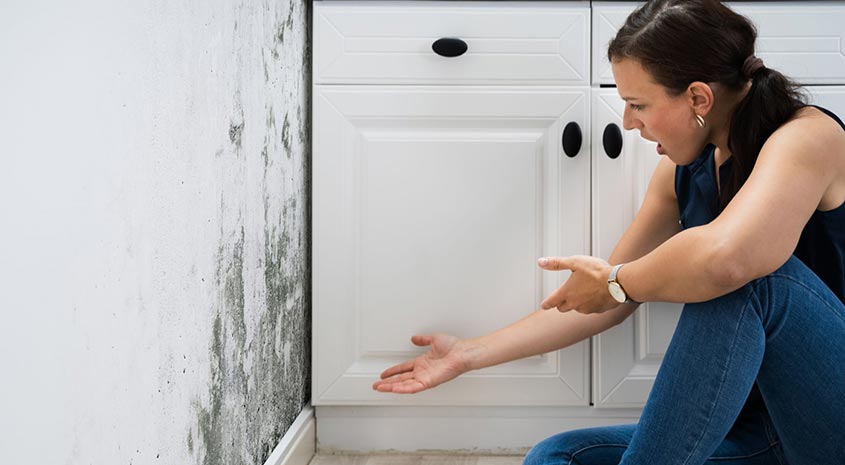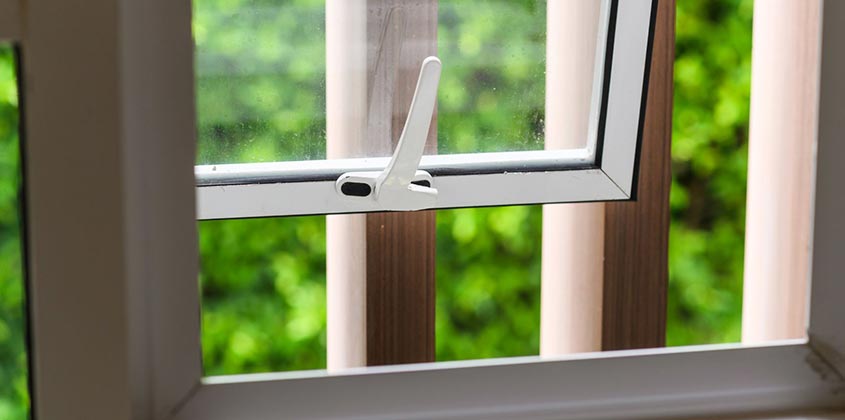Rambla Salvador Samà, 47
Vilanova i la Geltrú – Barcelona – Spain
CONTACT FORM

Chemical products have improved life conditions of people. However, it has long been known that some chemicals that are marketed can have a negative effect on human health and the environment.
The effects of exposure to environmental contamination are usually long-term. It is associated with various neurological disorders, reproductive and developmental disorders, respiratory diseases, asthma and allergies, alterations of the hormonal system, immune system dysfunctions, obesity and cancer.
The U.S. Environmental Protection Agency (EPA) estimates that 72% of chemical exposure to humans occurs indoors. However, environmental pollution legislation focuses on outdoor air, which is subject to monitoring and strict control by the authorities.

Outdoor air in cities is often polluted by nitrogen dioxide and ozone.
In contrast, indoor environmental contamination tends to be more diverse: What are the most likely pollutants to be found?

When locating them, it is important to evaluate the following aspects:

The detection of the main pollutants is possible by means of different measurements:
Indoor air should contain no more harmful substances than those found outdoors.
There are hardly any legal limit values in dwellings. On the other hand, the existing limits for workplaces are not very demanding and are more oriented to workers’ safety than to their health.
There are multiple recommendations for harmful indoor concentrations, such as those of EUROPAEM or WHO. In bio-construction, the limit values of SBM-2015 of the Institut für Baubiologie, and those of the AGÖF (Working Group of the German Ecology Research Institutes), whose indicative values are more restrictive than the legal ones, are often used.
Rambla Salvador Samà, 47
Vilanova i la Geltrú – Barcelona – Spain

2025 © Copyright - Carles Surià